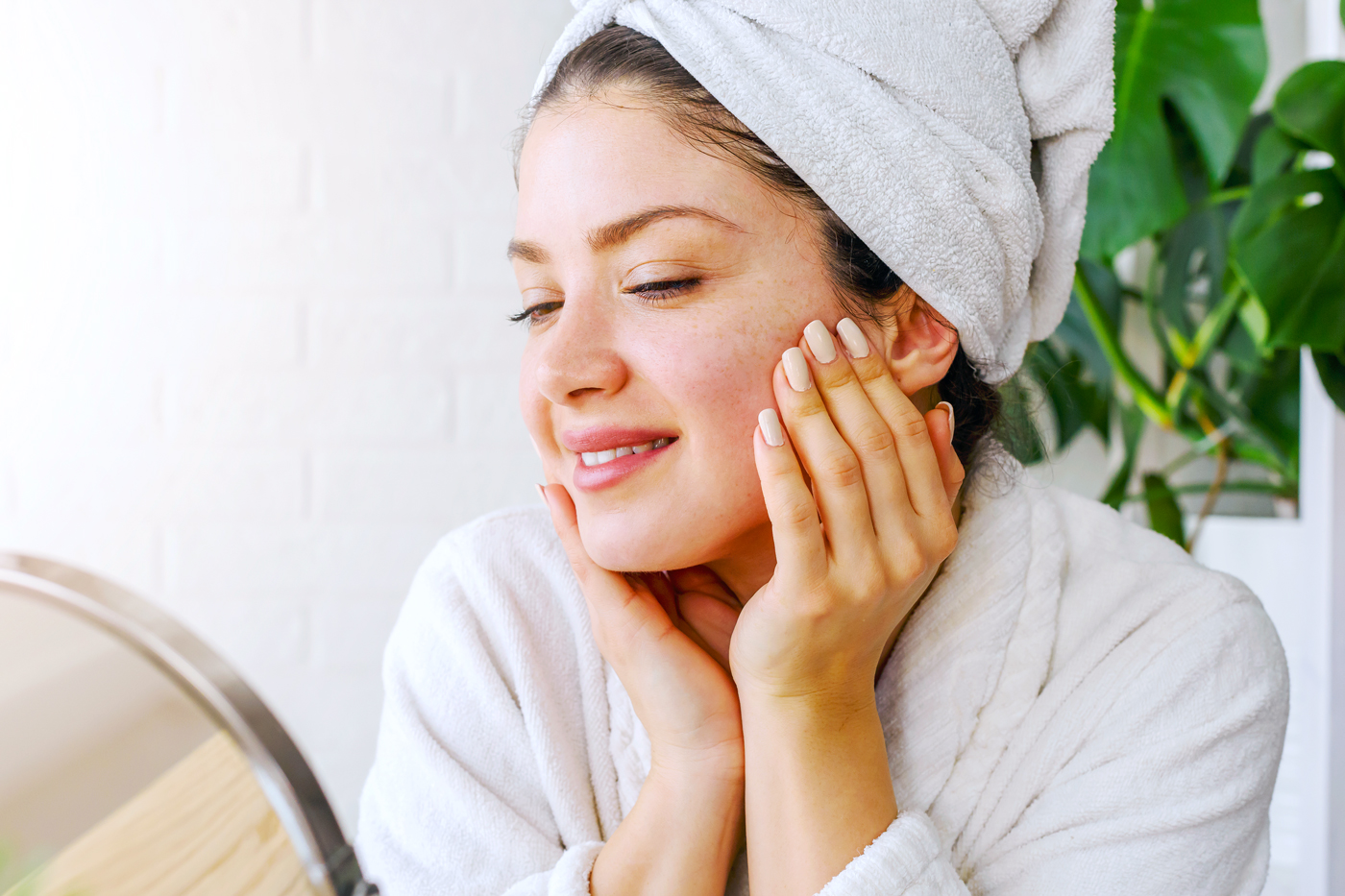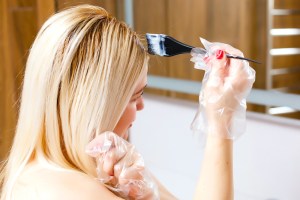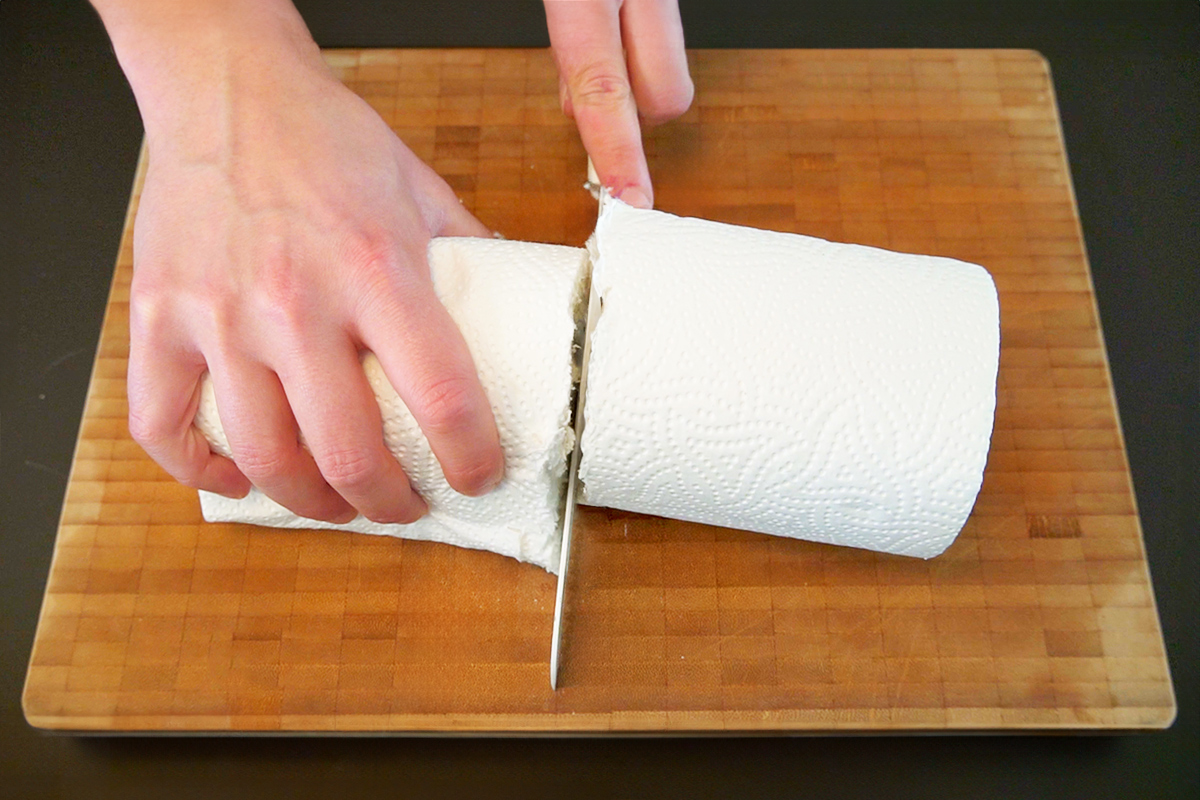We independently evaluate all recommended products and services. If you click on links we provide, we may receive compensation.
Colder weather, frequent travel (and with it, changes in air quality), and increased stress can bring a host of challenges. One that may not be on your radar? A compromised skin barrier, which can manifest with the use of harsh facial care products — or the above shifts in environment and lifestyle, according to Teresa Song, M.D., a board-certified dermatologist at Marmur Medical in New York City. A damaged skin barrier can appear as skin sensitivity, such as redness, itchiness, flaking, dryness, a tingling sensation after applying topical products, or even a sudden onset of hives, rashes, and/or acne. The good news? Damaged skin barriers can be repaired in as little as two weeks (and up to a few months), though being consistent and patient during this treatment period is key, Dr. Song notes.
“[A] misconception about a compromised skin barrier is that once you have it, you can’t repair it. This is not true,” adds board-certified dermatologist Marisa Garshick, M.D, who works with skin care brands including Mother Science. “You can definitely help to repair your skin barrier by using certain ingredients that help to strengthen and support it. To [do so], it’s important to avoid things that can further aggravate the skin barrier, like harsh soaps and abrasive scrubs.”
Whether the signs of a compromised barrier are seen or felt , our experts recommend the same path to repair: simplifying skin care routines and discontinuing use of active ingredients while allowing skin to heal. “Use fragrance-free hypoallergenic products, and avoid chemical exfoliants, scrubs, or products with alcohol,” Dr. Song says. “Stick with a simple routine, use a gentle, nonfoaming cleanser, follow with a gentle moisturizer, and finish with a mineral sunscreen.” Depending on the severity of the skin irritation, some dermatologists may pair this scaled-back skin care approach with the use of a prescription strength topical steroid for one to two weeks to help heal the skin.
This gentle approach to skin care also applies to those experiencing acne. “A popular misconception is that all acne needs to be exfoliated. Depending on the skin type, acne should be treated differently,” Dr. Song says. Because active acne ingredients are often harsh on the skin — and a damaged skin barrier can lead to more breakouts — she suggests those with acne dial down their breakout treatments. “Exfoliating itself can contribute to a damaged skin barrier, so it is important to avoid exfoliation while the skin is healing,” Dr. Song explains.
More good news: There are plenty of topical options for barrier treatment, thanks to a surge of such products that have hit the beauty market in the past few years. Dr. Garshick suggests looking for products made with ceramides (fat molecules that are a component of the skin barrier and help retain moisture), such as those found in the soothing Arcona Starchild Barrier Restoration Cream. “When considering the brick-and-mortar analogy of the skin barrier, ceramides serve as the mortar or the glue that holds the skin cells together,” she says.
Another ingredient the dermatologist favors for barrier repair? “Malassezin, a key ingredient found in the Mother Science Molecular Genesis Barrier Repair Moisturizer, [which] works to support the skin barrier by increasing essential proteins that make up the barrier, and improving the linkage between the cells,” she says. “This helps to support the bricks while other ingredients may support the mortar.”
In addition to ceramides, Dr. Song recommends looking for ingredients such as glycerin (“a great humectant that draws moisture into the skin to restore hydration levels”) and colloidal oatmeal (“an anti-inflammatory agent that helps calm irritation and redness”). Both ingredients are found in First Aid Beauty Ultra Repair Rescue Barrier Balm and Shani Darden Signature Nourishing Facial Mask.
Dr. Song reminds us to patch test new products (even gentle ones!) on a small area of the chin before applying to the whole face — after all, it’s better to get a taste of how skin might react than risk added irritation to an already stressed-out complexion.
This article is for general informational purposes only.
Affiliate Disclaimer Medical Disclaimer
















 Unique Beauty is free for all users.
Unique Beauty is free for all users.